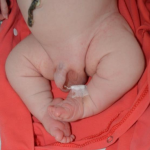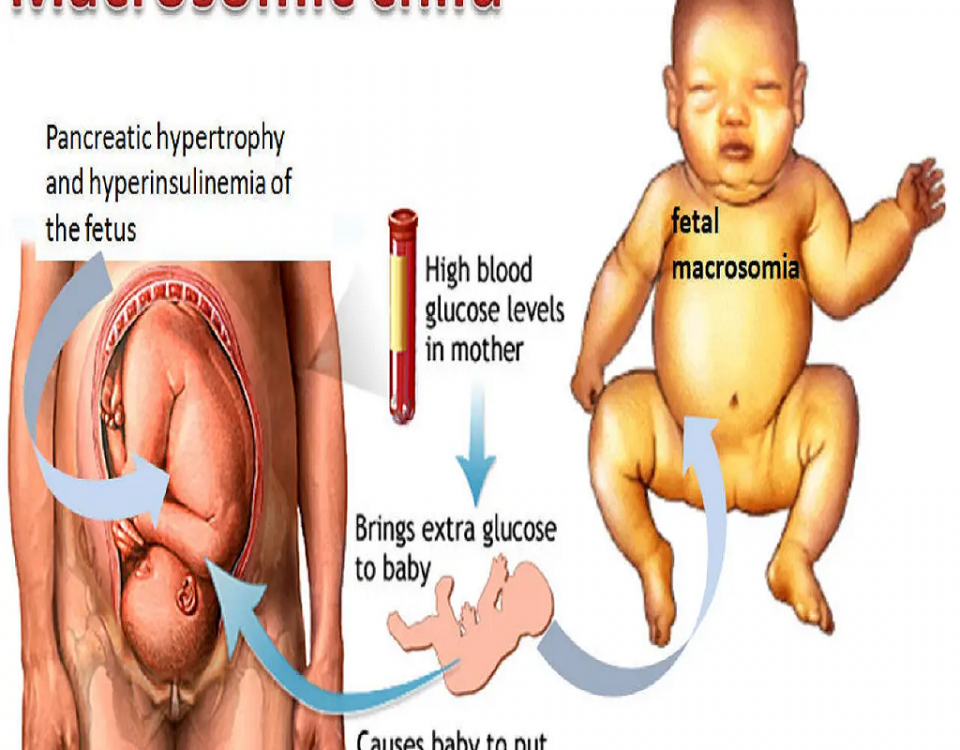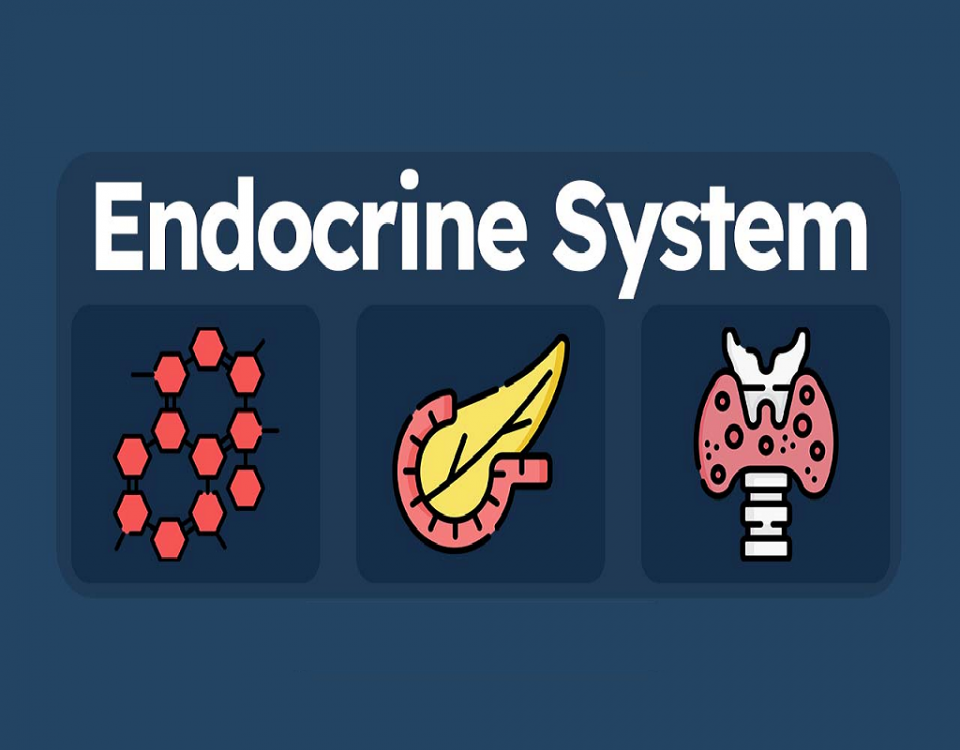
کامپوملیک دیسپلازیا
اسفند ۱۲، ۱۴۰۲
سوء رفتار با کودک
اسفند ۱۳، ۱۴۰۲آنتی دوت، ماده است که برای خنثی سازی یا مقابله با اثرات یک ماده سمی بکار گرفته می شود
ANTIDOTES
| Antidote | Ingestion | Notes |
| N-acetylcysteine | Acetaminophen | Load with 140 mg/kg, then 70 mg kg q 4 hr PO × 17 doses; should be administered within 8 hr of ingestion for peak effect; repeat dose if emesis within 1 hr of administration; IV NAC may be preferable in pregnant patients (see Chapter 2, “Acetaminophen”). Refer to Rumack nomogram for indications. |
| Atropine | Organophosphates | 2–4 mg IV q 5–10 min prn (adult), 0.05 mg/kg IV q 5 min prn (children); treat until anticholinergic symptoms noted (i.e., drying). |
| Benztropine | Phenothiazines | 2 mg IM/IV in adults; 0.02 mg/kg, 1 mg maximum in children >3 yrs for dystonic reactions. |
| Calcium | Beta blocker, calcium channel blocker | 1 g calcium chloride or 3 g calcium gluconate IV, repeat q 10–20 min for 3–4 doses, monitor serum calcium for repeat doses; caution in patients taking digoxin. |
| Calcium disodium edetate (EDTA) | Lead | 1000–1500 mg/M2/day IV continuous infusion or divided and given over 1 hr every 6 hr; administer BAL first for high levels or encephalopathy; maintain adequate urine output to protect against nephrotoxicity. |
| Calcium gluconate | Hydrofluoric acid | Topical, subcutaneous, or intra-arterial administration for burns. |
| Cyanide antidote kit | Cyanide | Give amyl nitrite pearls while obtaining IV access, then sodium nitrite IV (10 mL adults, 0.33 mL/kg children), sodium thiosulfate IV (50 mL adult, 1.65 mL/kg children). |
| Deferoxamine | Iron | 15 mg/kg/hr IV up to 24 hours; pulmonary, ocular, and ototoxicity described for longer administrations; consider whole bowel irrigation. |
| Digoxin Fab fragments | Digoxin, digitoxin, oleander, foxglove | Known digoxin level: # vials = (digoxin serum level × patient weight)/100. Unknown level: 10–20 vials IV; serum dig. levels not useful after Digibind administration, follow clinical response. |
| Dimercaprol (BAL) | Arsenic, mercury, lead | 3 mg/kg deep IM q 4–6 hr for 2 days, then q 12 hr for 7–10 days; avoid in patients with peanut allergies; alkalinization of urine may protect kidneys during therapy. |
| Diphenhydramine | Phenothiazines | 25–50 mg PO/IM/IV q 4–6 hr for akathisia and dystonic reaction. |
| DMSA | Lead (arsenic, mercury—not FDA approved) | 10 mg/kg PO tid × 5 days in adults; 1050 mg/m2/day PO × 5 days in children; more selective and less toxic than EDTA or BAL; can be given concomitantly with iron. |
| Ethanol | Ethylene glycol, methanol | Load with 800 mg/kg, then 1–1.5 mg/kg/hr; maintain blood alcohol level at 100–150 mg/dL; hypertonic solution, therefore monitor for possible hyponatremia. |
| Flumazenil | Benzodiazepines | 0.2 mg IV given over 30 sec; if no response, 0.3 mg over 30 sec, if still no response, then 0.5 mg IV q 1 min to maximum 3-mg dose. Avoid in patients with known seizure disorder, ingestion of potential seizure-provoking agent (heterocyclic antidepressants), chronic benzodiazepine use, head trauma. |
| Fomepizole (4-MP) | Ethylene glycol, methanol | Load 15 mg/kg, then 10 mg/kg q 12 hr × 4 doses, then increase to 15 mg/kg q 12 hr PRN. |
| Glucagon | Beta blockers, calcium channel blockers | Initial IV bolus of 50 μg/kg over 1 min followed by continuous infusion of 2–5 mg/hr tapering as patient improves. Higher doses may be required (up to 10 mg in an adult) if initial dose is inadequate; dose-dependent nausea and vomiting. |
| Hyperbaric oxygen | CO poisoning | Controversial; consider use for patients with severe exposure, neurologic deficits, or pregnant women and children. |
| Methylene blue | Nitrites | 1–2 mg/kg IV in adults, 0.3–1 mg/kg in children administered over 5 min; ineffective in patients with G-6-PD deficiency; consider exchange transfusion or hyperbaric oxygen therapy. |
| Naloxone | Opioids | 0.4 –2 mg IV, monitor for return of respiratory depression, may need to give additional bolus or continuous infusion for long acting opioids; may also be given IM or SQ. |
| Physostigmine | Atropine | 1–2 mg IV given over 5 min in adults, 0.02 mg/kg in children; avoid rapid administration, which may cause bradycardia, hypersalivation, or seizures; should not be used in TCA overdose. |
| Pralidoxime (2-PAM) | Organophosphates | 1–2 g IV over 30 min for adults, 20–40 mg/kg for children; only currently available cholinesterase reactivating agent in U.S.; must be given within 48 hr of exposure; should always be used in conjunction with atropine. |
| Protamine | Heparin | 25–50 mg IV; risk of hypotension, anaphylactic reaction; excess protamine can have anticoagulant effect. |
| Prussian blue (aka ferric ferrocyanide) | Thallium | Acts as an ion-exchange resin: thallium is exchanged for potassium in the gastrointestinal lumen, producing a nonabsorbable complex. The complex is then excreted in the feces. The recommended dose is 250 mg/kg/24 hr in 4 divided doses PO or NG. (Some authors maintain that activated charcoal is as effective.) |
| Pyridoxine | Isoniazid | Administer g/g INH ingestion (max. 5 g). |
| Sodium bicarbonate | Phenobarbital, chlorpropamide, salicylates, heterocyclic antidepressants | 1–2 mEq/kg IV bolus, then continuous infusion of 100 mEq in 1 L D5W to maintain urine pH >7.45. |
| Vitamin K1 | Coumadin | Optimal dose not established. |
| Administer 2.5–10 mg orally or by slow (1 mg/min) IV. Oral route preferred due to risk of anaphylactoid reaction with IV administration. Manage significant bleeding acutely with FFP. |
| NAC, N-acetylcysteine; BAL, British anti-Lewisite; TCA, tricyclic antidepressant; INH, isoniazid; FFP, fresh frozen plasma. |
| Pearls and Pitfalls | ||||||||||||
|
Copyright © 2024 IrMedline Inc. All rights reserved.




